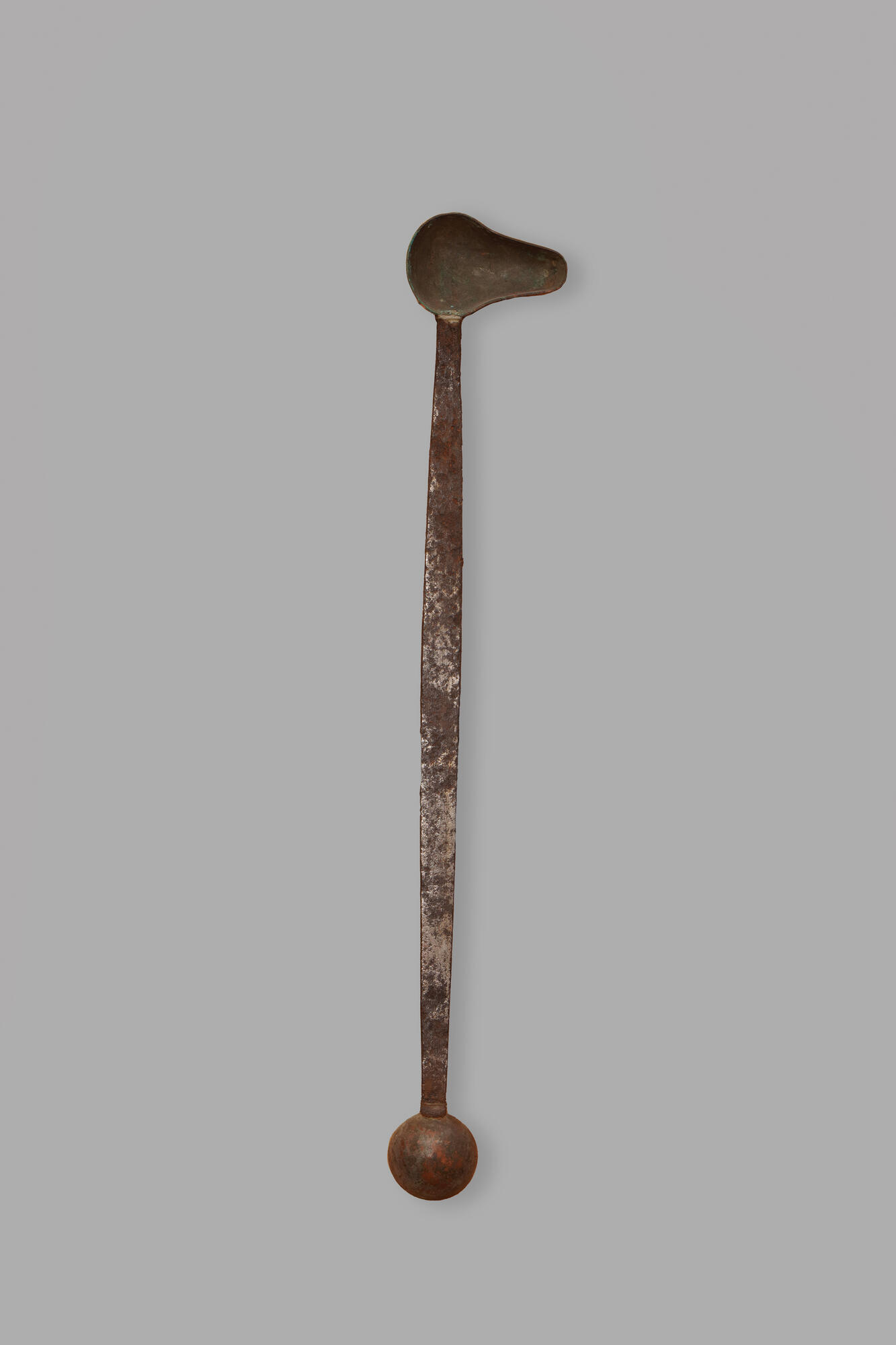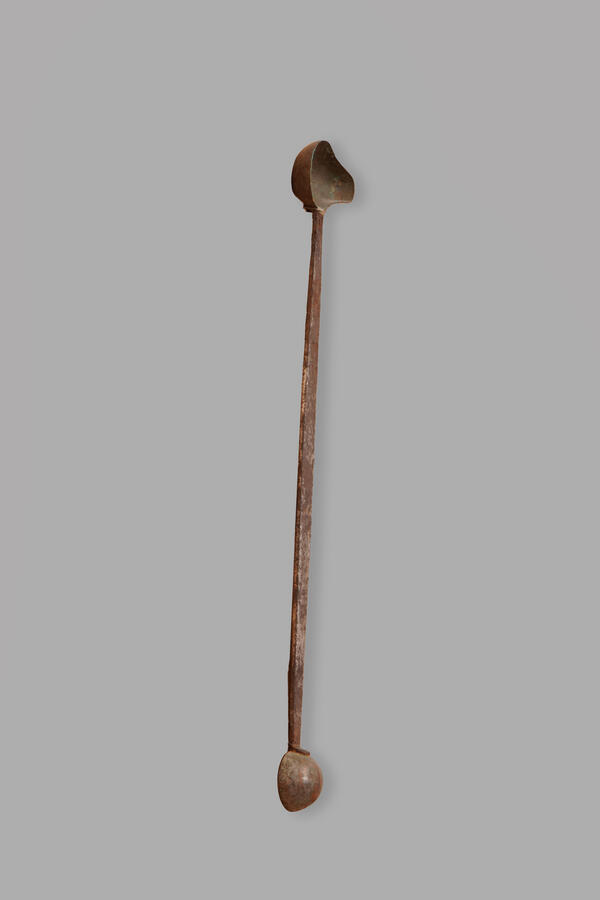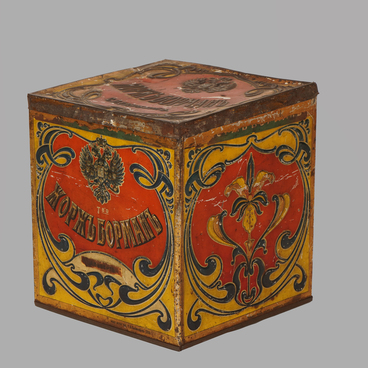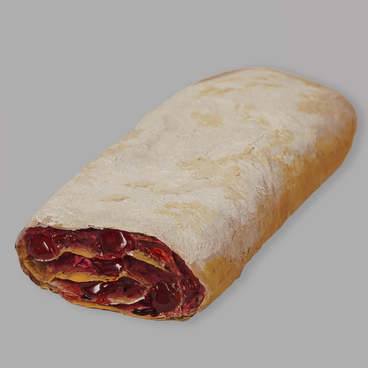Ice cream has always been surrounded by mysteries and legends. It is believed that a dessert of snow and ice, lemon slices, orange and pomegranate seeds was invented in the 3rd millennium BC. in China.
The Chinese recipe was brought to Europe in the 13th century by Marco Polo. The recipe was not kept secret for long, and soon the delicious dessert began to be served at ceremonial banquets. In 1660, Francesco Procopio dei Coltelli, a Frenchman of Sicilian origin, opened “Le Procope” — the first cafe in Paris where Italian gelato was served with lemon or orange juice.
A few years later, the first ice cream guild was formed — the members were called “lemonadier”. New varieties of ice cream desserts began to appear: vanilla, chocolate, and plombières ice cream, as well as ice cream in cups and ice cream sets. Anne of Austria, Napoleon, and George Washington were great admirers of this dessert.
In 1834, an ice cream freezer was patented in the United States — a device for whipping and cooling the ingredients. Factory production of ice cream became an industry.
In Russia, figures have long been sculpted and frozen from a mixture of cottage cheese, sour cream, nuts, raisins and honey: sugar was too expensive. Thin slices of frozen milk with honey or jam was served with porridge and pancakes.
“European” ice cream became popular during the reign of Catherine II. The recipe, according to Nikolai Yatsenkov’s “Newest and Complete Cookbook” (1791), included cream, egg whites, chocolate and lemon, currants and raspberries, cranberries, cherries and oranges.
In the 19th century, ice cream became widely available. In Saint Petersburg, the Isler cafe and the Wolf and Beranger confectionery on Nevsky Prospekt were especially appreciated. In 1845, Ivan Isler (also known as Johann Lucius) received a patent for an “ice cream machine” and continued surprising visitors with new flavors — vanilla, coffee, tea, chocolate, pineapples and peaches, nuts and berries, liqueurs and orange blossom.
Ice cream vendors made their way through the streets. Under the lids of their carts there were compartments for paper wrappers, spatulas, round wafers and towels. The main space was occupied by tall copper jars — there was a special lid for each type of ice cream: pistachio, nut, raspberry, cream, crème brûlée and strawberry. Ice cream was scooped with a long wooden spoon, first into the buyer’s dishes, later into cardboard dishes or special round wafers. Merchants were resourceful: ice cream was “wrapped” with a spoon so that there was a void inside, and the dessert itself was tinted to make it look more attractive, raspberry ice cream was made from cranberries, and cream ice cream was made from milk.
After the revolution, the production of ice cream was suspended and resumed only in the 1930s.
The Chinese recipe was brought to Europe in the 13th century by Marco Polo. The recipe was not kept secret for long, and soon the delicious dessert began to be served at ceremonial banquets. In 1660, Francesco Procopio dei Coltelli, a Frenchman of Sicilian origin, opened “Le Procope” — the first cafe in Paris where Italian gelato was served with lemon or orange juice.
A few years later, the first ice cream guild was formed — the members were called “lemonadier”. New varieties of ice cream desserts began to appear: vanilla, chocolate, and plombières ice cream, as well as ice cream in cups and ice cream sets. Anne of Austria, Napoleon, and George Washington were great admirers of this dessert.
In 1834, an ice cream freezer was patented in the United States — a device for whipping and cooling the ingredients. Factory production of ice cream became an industry.
In Russia, figures have long been sculpted and frozen from a mixture of cottage cheese, sour cream, nuts, raisins and honey: sugar was too expensive. Thin slices of frozen milk with honey or jam was served with porridge and pancakes.
“European” ice cream became popular during the reign of Catherine II. The recipe, according to Nikolai Yatsenkov’s “Newest and Complete Cookbook” (1791), included cream, egg whites, chocolate and lemon, currants and raspberries, cranberries, cherries and oranges.
In the 19th century, ice cream became widely available. In Saint Petersburg, the Isler cafe and the Wolf and Beranger confectionery on Nevsky Prospekt were especially appreciated. In 1845, Ivan Isler (also known as Johann Lucius) received a patent for an “ice cream machine” and continued surprising visitors with new flavors — vanilla, coffee, tea, chocolate, pineapples and peaches, nuts and berries, liqueurs and orange blossom.
Ice cream vendors made their way through the streets. Under the lids of their carts there were compartments for paper wrappers, spatulas, round wafers and towels. The main space was occupied by tall copper jars — there was a special lid for each type of ice cream: pistachio, nut, raspberry, cream, crème brûlée and strawberry. Ice cream was scooped with a long wooden spoon, first into the buyer’s dishes, later into cardboard dishes or special round wafers. Merchants were resourceful: ice cream was “wrapped” with a spoon so that there was a void inside, and the dessert itself was tinted to make it look more attractive, raspberry ice cream was made from cranberries, and cream ice cream was made from milk.
After the revolution, the production of ice cream was suspended and resumed only in the 1930s.




